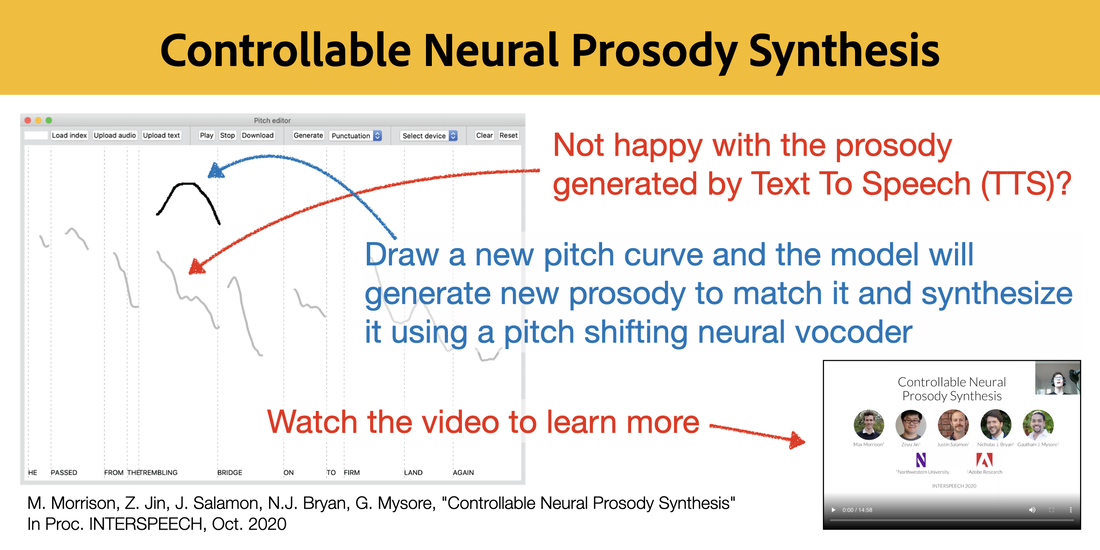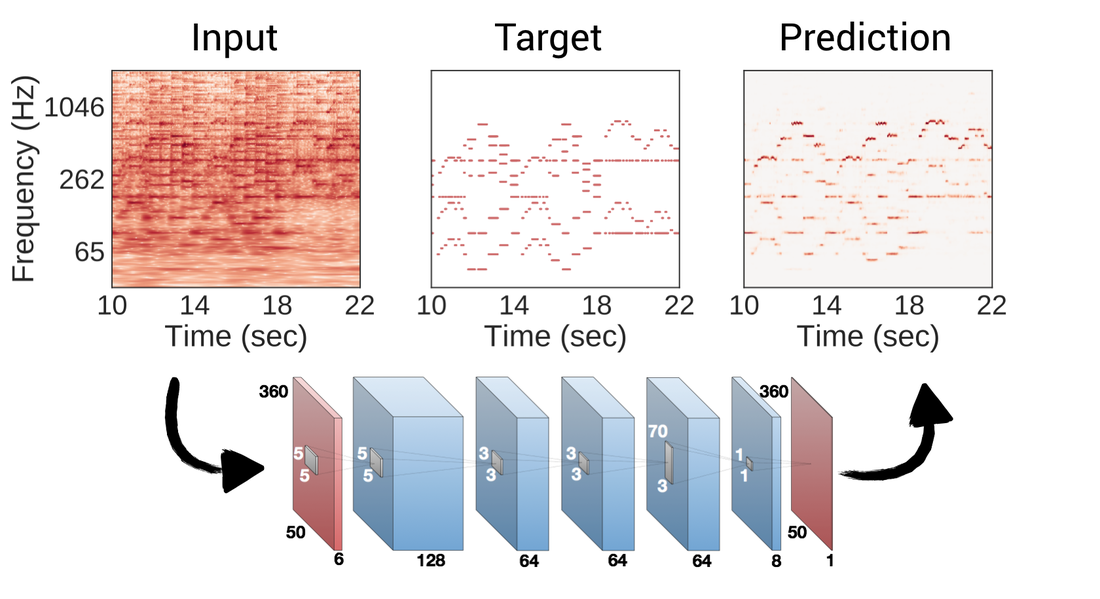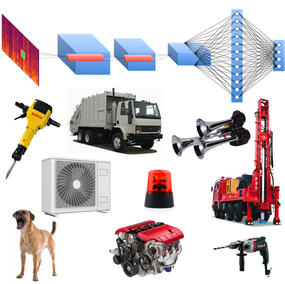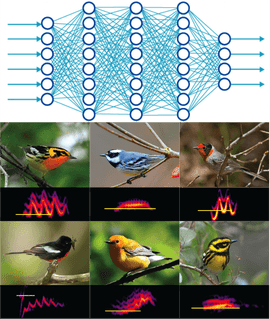Here's Max's presentation of the work at INTERSPEECH 2020:
To hear more examples please visit Max's paper companion website.
For further details please read our paper:
Controllable Neural Prosody Synthesis
M. Morrison, Z. Jin, J. Salamon, N.J. Bryan, G. Mysore
Proc. Interspeech. October 2020.
[INTERSPEECH][PDF][arXiv]




 RSS Feed
RSS Feed
